Paxillus involutus, a fascinating and dangerous mycological species
2 years ago · Updated 6 months ago
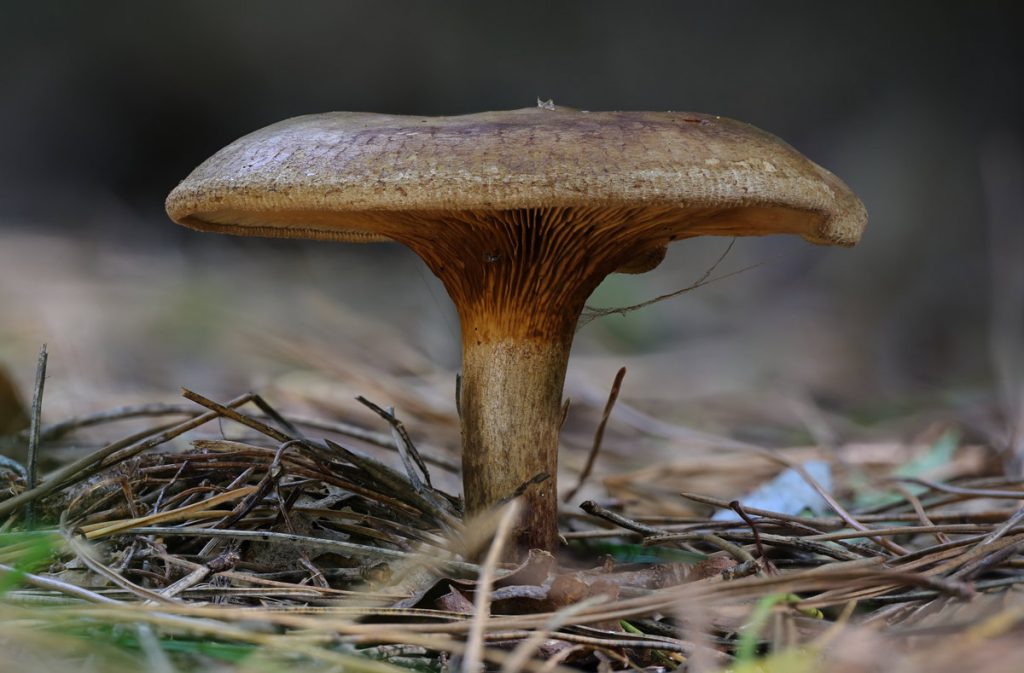
Today is the Paxillus involutus or Paxillus involutus, a fascinating and dangerous species of mushroom. Join us on this journey to discover all about this mushroom and how to identify it in the wild.
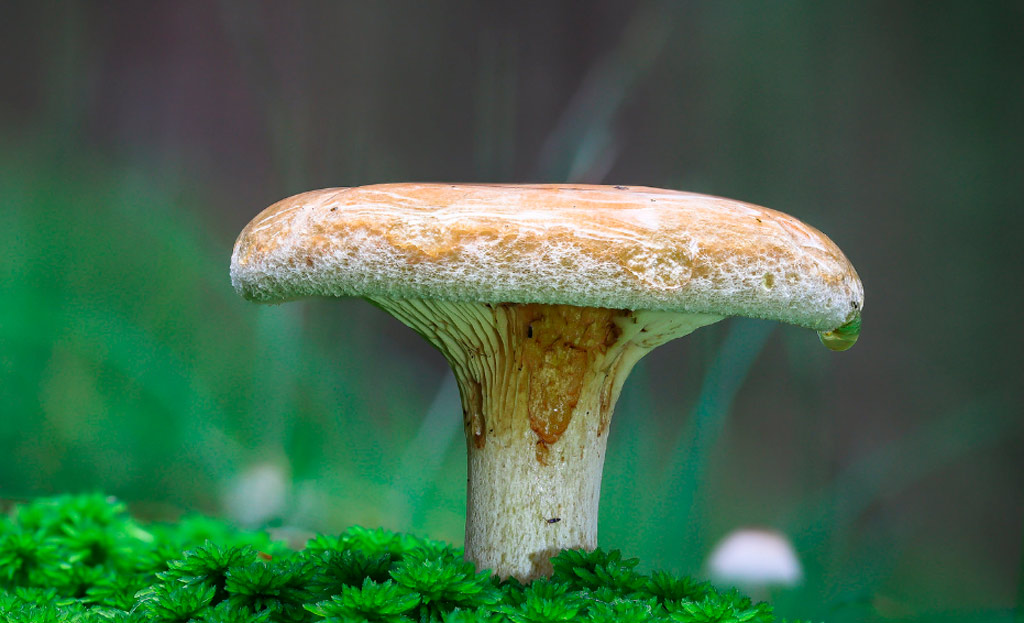
Names and popularity of Paxillus involutus
Paxillus involutus, also known as Rolled Paxillus or Orri-Ondo Hiltzaile, is a mushroom that has attracted interest both for its appearance and its dangerousness. Its scientific name refers to its most distinctive feature: the cap edge rolled inward.
Popular names
- Paxilo Enrolled
- Orri-Ondo Hiltzaile
- Rolled Mushroom
Etymology of the name Paxillus involutus
The scientific name Paxillus involutus comes from the Latin "Paxillus", which means small comb, in reference to the mushroom's blades, and "involute", which alludes to the edge of the cap rolled inward.
This mushroom is widely known in different regions of the world for its toxicity and potential danger to those who venture to consume it without knowledge.
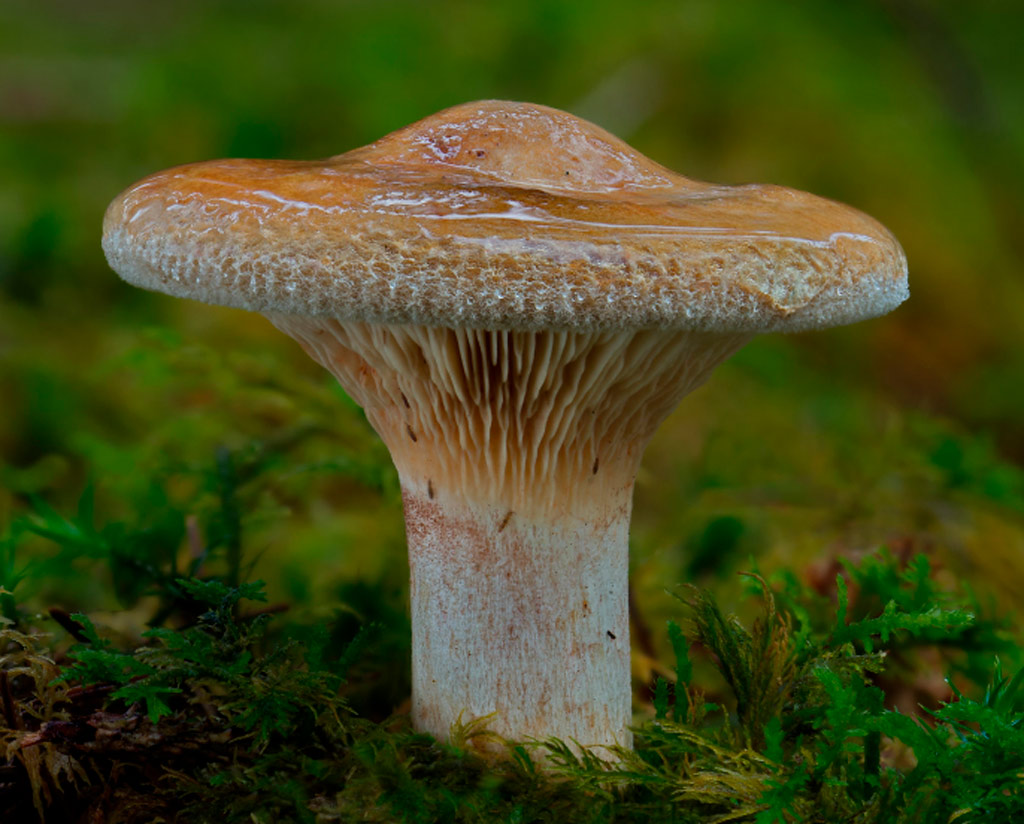
Formal characteristics
Paxillus involutus has distinctive formal characteristics that make it recognizable in the wild.
Hat Size: Up to 15 cm in diameter and 6 cm high.
Texture: Verciform, with a convex to funneled cap and ribbed margin.
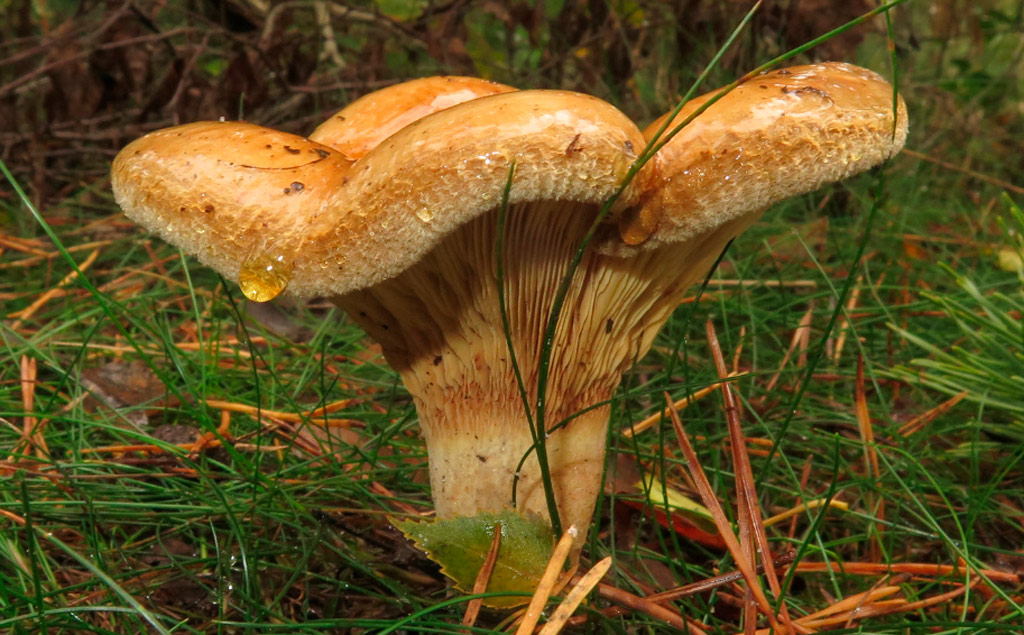
Color: Brownish-brown or olive-yellow, with darker shades in handle areas.
Sheets: Decurrent, very numerous, tight, yellowish ochre-cream.
Feet: Short, stout, cylindrical, concolorous with the cap and base more reddish.
Flesh: Yellowish, dense when young and soft later, with a tangy fruity odor and sweet and sour flavor.
Where it grows and when it appears
Paxillus involutus adapts to diverse biotopes, from moist coniferous and deciduous forests to parks and gardens. It is a widespread species that can occur at any time of the year if conditions are favorable, although it is more frequent in autumn or spring in flatwood forests.
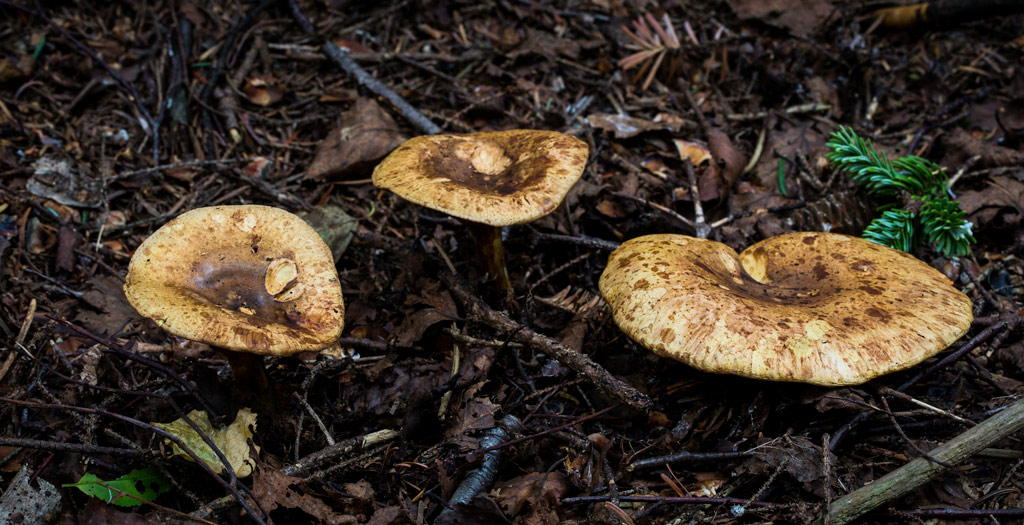
Habitat where to find it
It adapts to all biotopes: humid coniferous and deciduous forests, cork oaks, holm oaks, and even in open spaces, roadsides, parks and gardens. It is a fairly common and widespread species in different parts of the world.
Season and time of appearance
It appears in autumn or spring in any type of forest, both coniferous and deciduous. It is more frequent in planifolia forests and prefers humid areas. It can form "witches' breeds".
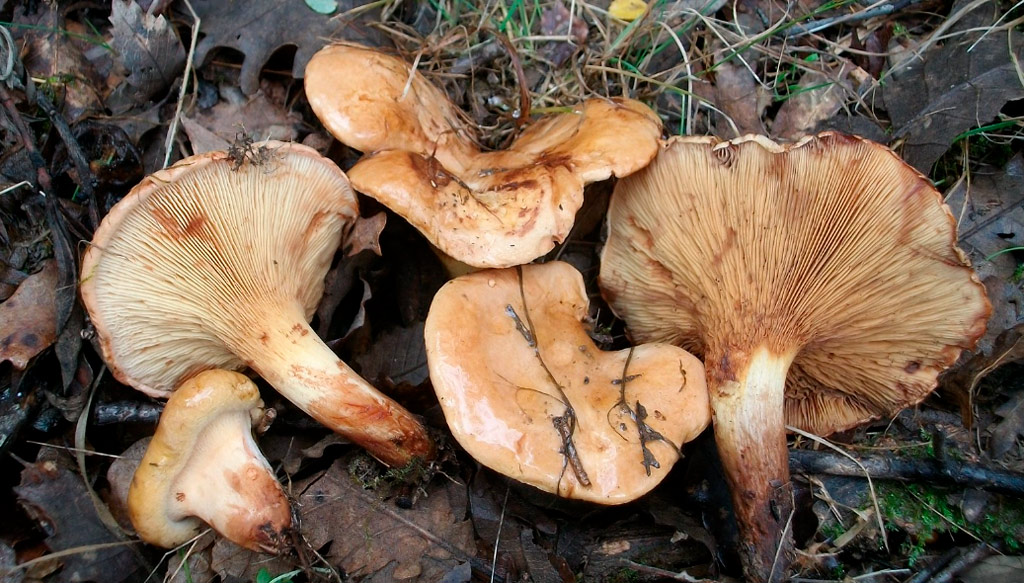
Confusions with other similar mushrooms
Paxillus involutus can be confused with several similar species, which increases the risk of poisoning if not correctly identified. Here are some of the mushrooms that could be confused with Paxillus involutus:
Lactarius sanguifluus
- Description: This mushroom is characterized by red latex when cut or damaged.
- Habitat: It is usually found in coniferous and deciduous forests.
- Season: It appears in autumn.
- Season:Season: It appears in autumn.
- Eatability: It is edible and is considered a good tasting mushroom.
Pleurotus eryngii
- Description: It has a grayish-white color and its cap is fan-shaped.
- Pleurotus eryngii
- Habitat: It is found growing on tree trunks, especially in temperate climate zones.
- Season: It can occur throughout the year, but is most common in spring and autumn.
- Eatability: It is edible and highly appreciated in the kitchen for its flavor and texture.
Is Paxillus involutus edible?
No, Paxillus involutus is not edible. Although it was once considered an edible mushroom, today it is listed as deadly toxic. Its consumption can cause severe poisoning and even death.
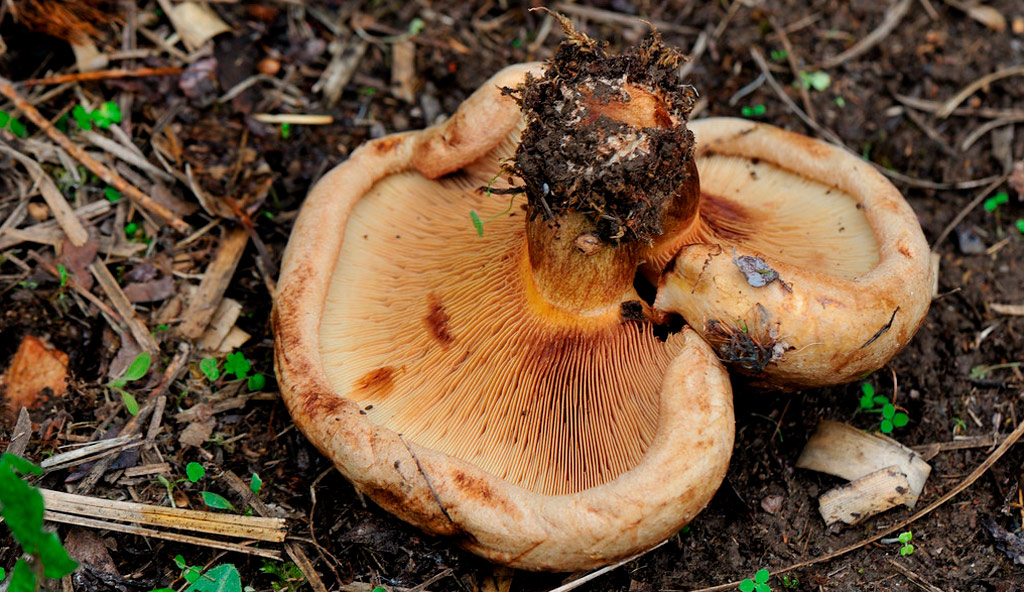
Culinary interest of rolled paxillus
Despite its toxicity, Paxillus involutus has been consumed in the past. However, its preparation requires cooking it at high temperature for a long time to avoid the risk of poisoning. It is important to note that the risks associated with this mushroom outweigh any possible culinary benefits it may offer.
Paxillus involutus consumption poisoning
Paxillus involutus contains toxins that can cause serious symptoms, such as abdominal pain, diarrhea, vomiting and in severe cases, kidney failure. It is essential to avoid its consumption and seek medical treatment in case of poisoning.
-
Symptoms:
- Abdominal pains.
- Diarrhea.
- Vomiting.
- Kidney failure in severe cases.
- Renal failure in severe cases.
-
Treatment:
- Seeking immediate medical attention.
- Seeking medical attention immediately.
- Severe symptoms may require hospitalization.
- Symptomatic and supportive treatment.
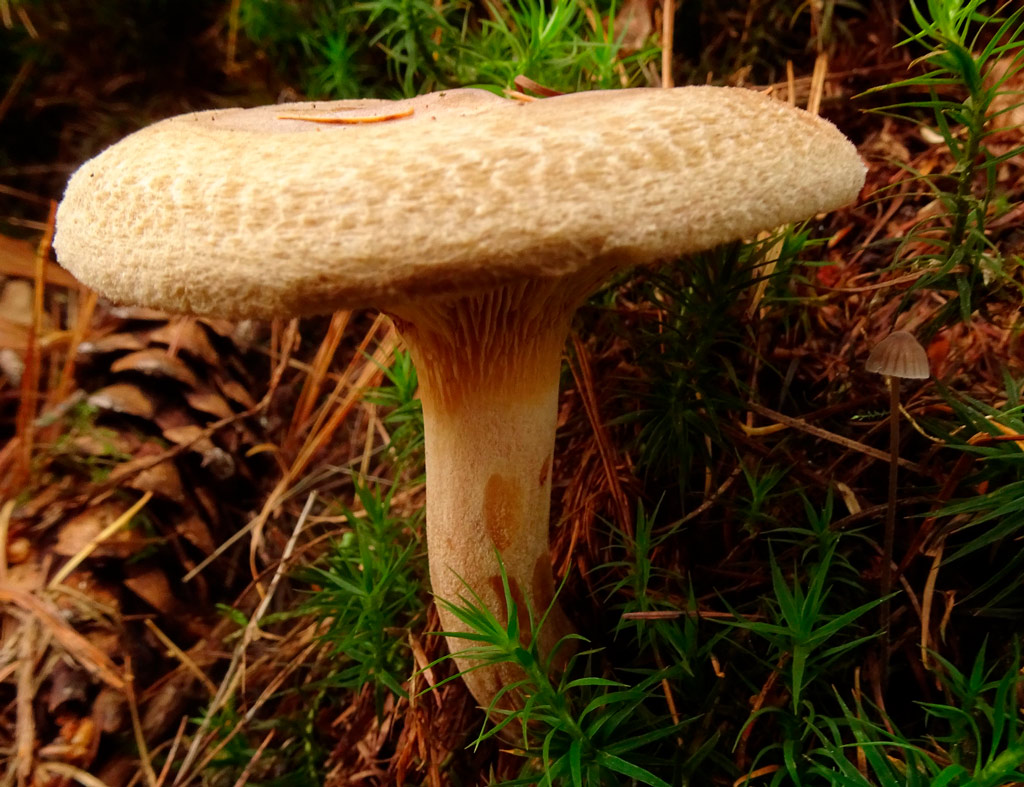
The importance of all mushrooms
Mushrooms, both edible and poisonous, play vital roles in natural ecosystems. They contribute to the decomposition of organic matter, releasing essential nutrients to the soil and supporting plant growth. In addition, they serve as a source of food and shelter for a wide variety of organisms, which helps maintain balance in food chains and promotes biological diversity.
However, it is crucial to learn how to correctly identify mushrooms to avoid the risk of poisoning. Confusion between edible and poisonous species can have serious consequences for human and animal health. Therefore, it is essential to acquire knowledge in mycology and use reliable identification guides when interacting with the fungal world. In this way, we can enjoy the benefits that mushrooms bring to ecosystems in a safe and responsible manner, respecting their vital role in nature.
You may be interested in these other poisonous mushrooms.
The Paxillus involutus is a fascinating but dangerous mushroom that we should avoid consuming. Remember, at La Casa de las Setas you will find everything you need to explore the wonderful world of mushrooms safely.
See you in the bush!

Te pueden interesar